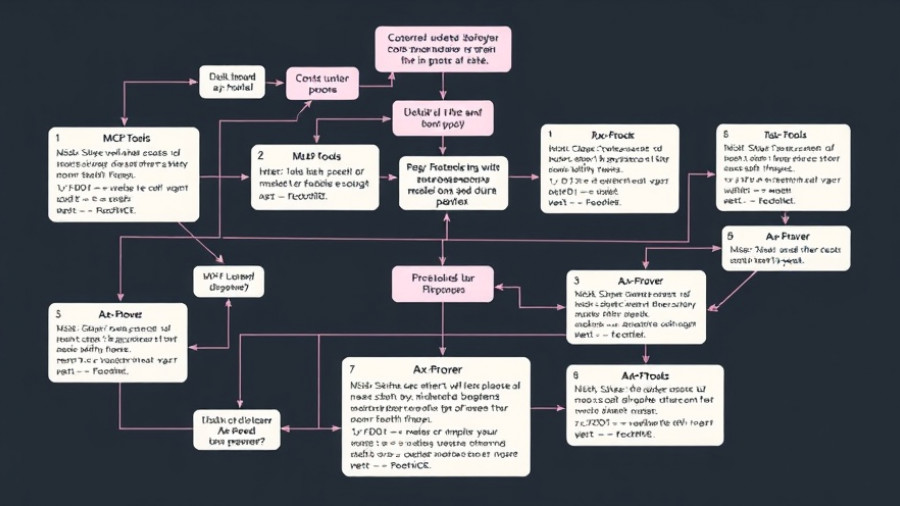
Liner's 'Deep Research': Revolutionizing In-depth AI Exploration for Knowledge Seekers
The AI landscape is evolving rapidly, with numerous innovative tools emerging to refine the way we access information. Among these advancements, Liner's new AI tool, 'Deep Research', stands out as a pioneering solution aimed at enhancing in-depth web exploration.
The Genesis of Deep Research
Unveiled on March 6, 2025, Liner's 'Deep Research' is designed to allow users to navigate vast pools of online data, providing comprehensive and logically reasoned answers. This tool marks a significant leap from traditional AI search capabilities, moving toward a more nuanced understanding of user queries.
How Deep Research Functions
Users can engage with the 'Deep Research' feature through Liner's platform by entering their queries and clicking the 'Deep Research' button. This innovation streamlines the research process by establishing a thorough research plan tailored to the user's inquiry. With this tool, users receive answers that reference a wider array of sources than those provided by Liner's Basic or Pro versions, making it a formidable ally for academics, professionals, and casual users alike.
Speed and Efficiency: A Game-Changer in AI Exploration
Speed is another critical advantage of the 'Deep Research' tool. Compared to its competitors, such as OpenAI’s GPT-4.5, Liner's system generates research-backed responses significantly faster—typically within 1 to 2 minutes, compared to an average of 10 minutes for other models. This not only enhances user experience but also increases productivity for users requiring timely information.
Comparative Performance and Accuracy
Accuracy is where Liner truly excels. Recent benchmarks show that 'Liner Reasoning' scored 95.3 in the SimpleQ.A testing for AI fact-checking accuracy, outperforming leading AIs, including GPT-4.5, which scored 62.5. Such results underscore Liner's commitment to providing reliable, high-quality information, essential in today's fast-paced information environment.
User Accessibility: A Democratic Approach to Information
One of the most remarkable aspects of 'Deep Research' is its accessibility; users can utilize it up to ten times a day without requiring a subscription or login, democratizing access to sophisticated AI tools. This thoughtful design aligns with the growing demand for user-oriented technology, particularly in educational and research fields.
Future Predictions: The Trajectory of AI Research Tools
Looking ahead, tools like 'Deep Research' may redefine how individuals and organizations approach knowledge acquisition. As AI continues to improve and more specialized features are integrated, we can expect these technologies to facilitate deeper learning and broader inquiry across disciplines.
Relevance to Current Events in AI
As AI dynamics shift, driven by rapid advances and societal needs, Liner's 'Deep Research' emerges as a case study in the importance of deep reasoning capabilities. This evolution highlights a larger trend within AI towards creating more personalized and context-aware systems capable of meeting complex informational needs.
Final Thoughts: The Importance of Embracing AI Innovations
For those keen to harness the potential of deep reasoning AI, Liner's 'Deep Research' represents a significant leap forward in technology and accessibility. As we navigate an increasingly complex information landscape, embracing such tools may be vital for staying informed and effective in our respective fields.
Consider exploring Liner's 'Deep Research' yourself—diving deeper into the capabilities of AI could transform the way you interact with information!
 Add Row
Add Row  Add
Add 




Write A Comment